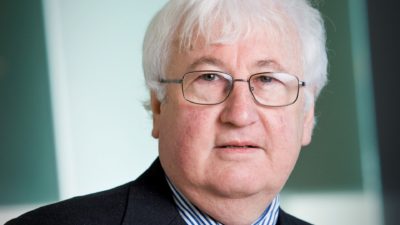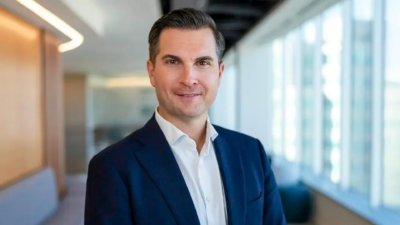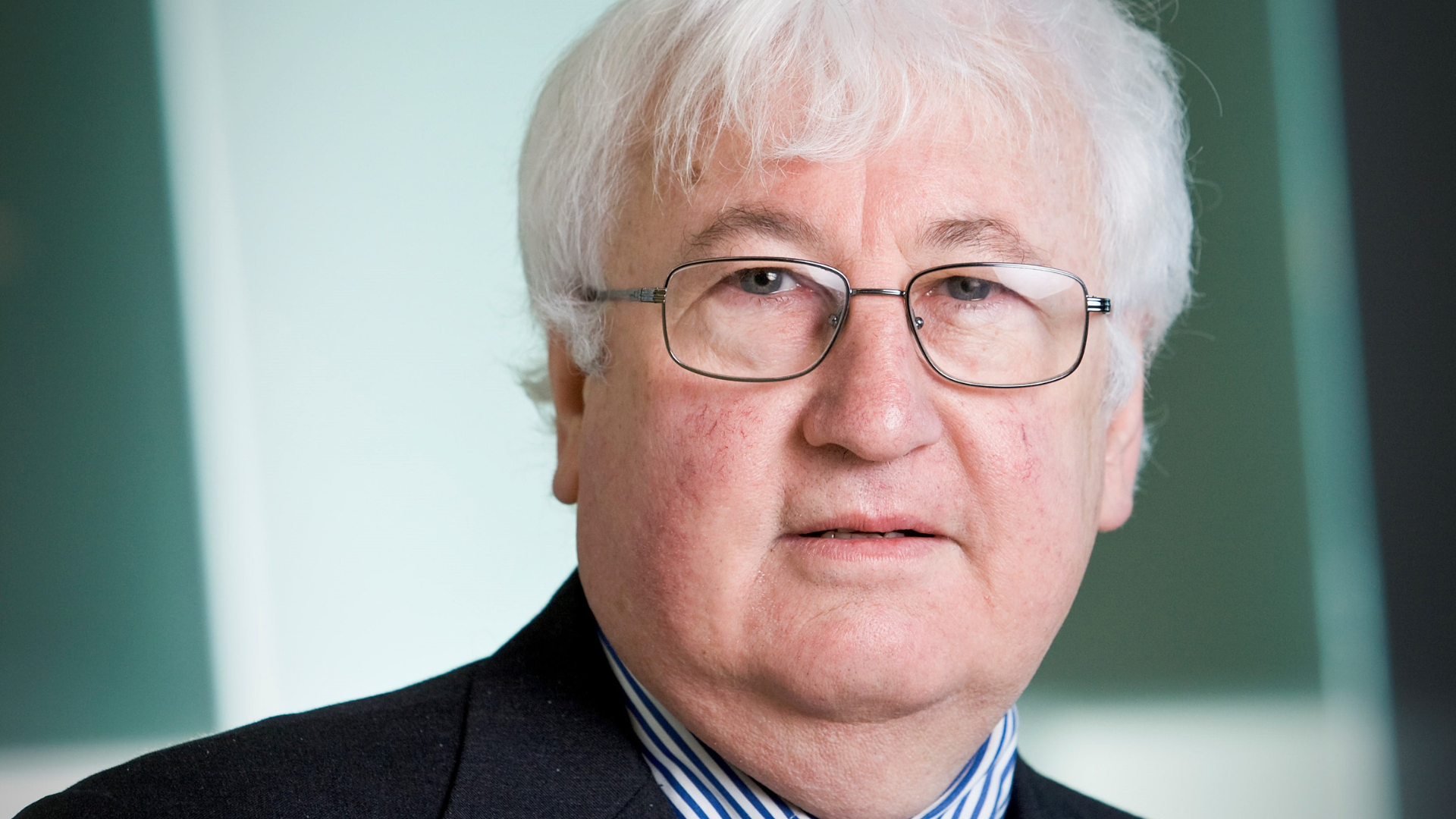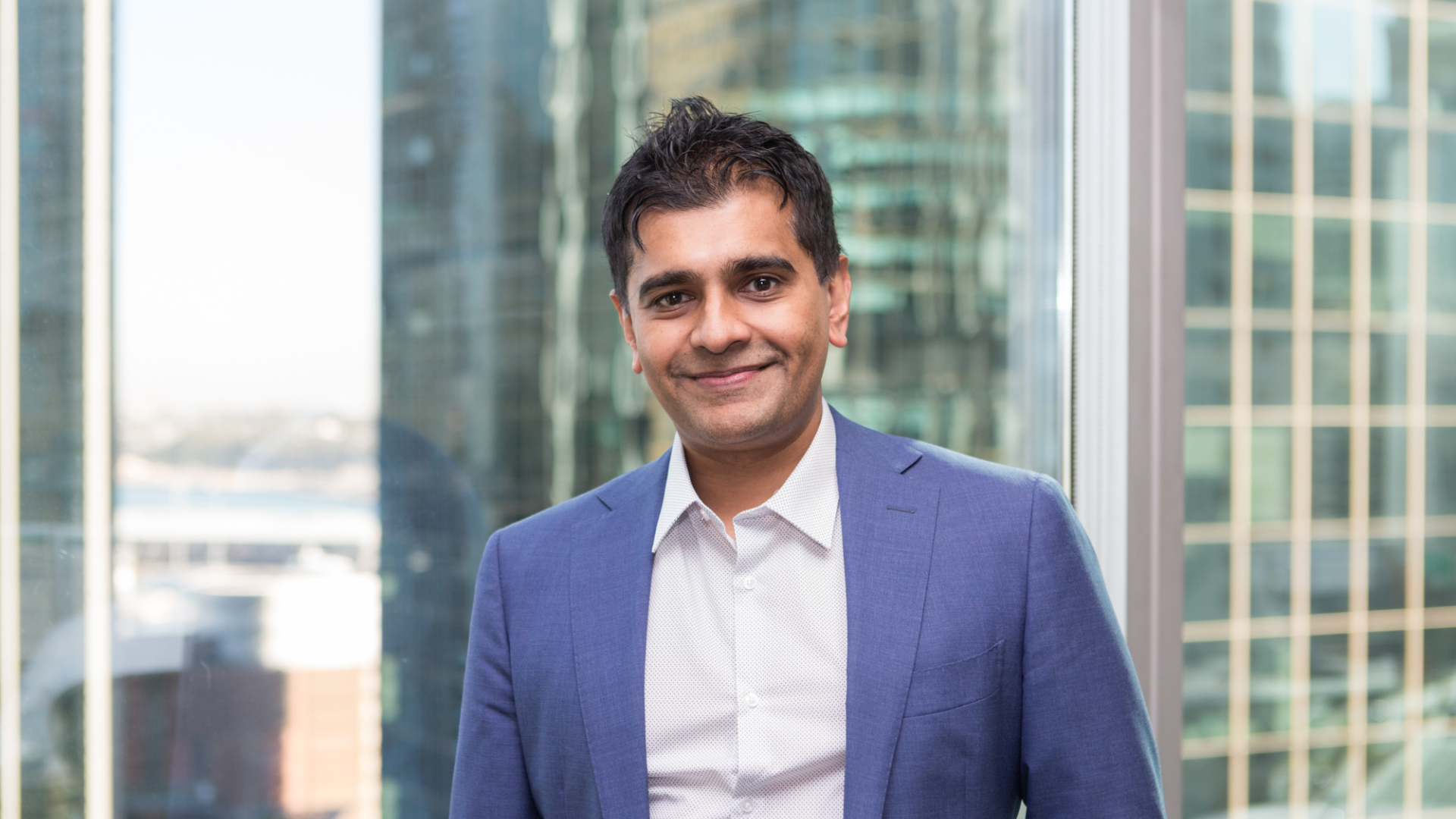Offshore funds benefitting from Aussie private equity
Yasser El-Ansary
The Australian private equity and venture sector is on track for another good returns year, according to participants at the recent AVCAL conference, probably eclipsing last year’s 22 per cent after fees. But the biggest funders of the sector, now, are offshore sovereign and pension funds. Super funds are missing out.
The annual AVCAL ‘alpha’ conference, in Melbourne September 10-11, was a largely upbeat affair due to a big increase in capital raisings and good exit results because of the firm sharemarket – at least until July and August. But the elephant in the room was the source of the capital raisings.
Yasser El-Ansary, AVCAL’s chief executive, said last week that Australia was at an inflexion point. “We need now to shift a gear,” he said. “We need to see super funds incentivised to look at after-fee after-cost performance.”
AVCAL is currently finalising its 2015 yearbook for the private equity (PE) sector, which will detail capital raisings, investments and returns, all of which are expected to better last year’s strong results.
More recent figures from Cambridge Associates estimated that local PE funds returned a net 26.4 per cent in the 12 months to March, the conference was told, and an average of 12.3 per cent, net, over 10 years.
Raisings for 2015 are expected to total about $2 billion compared with 2014’s $933 million. In 2014, local investors share of funding slid from 58 per cent to 54 per cent. It is likely that, in 2015, more than half of total PE investment in Australia will have come from offshore funds.
El-Ansary said that the challenge in Australia included the policy and regulatory settings which have exacerbated the fixation on headline fees. Legislation such as MySuper fuelled the fixation. Another recent initiative, APRA’s ‘Indirect Cost Ratio’ also impacted on super fund behaviour.
The Indirect Cost Ratio lists super funds by their fees and charges and tends to “pillory” those with higher allocations to alternatives. It fosters a short-term focus – given the usual hockey stick returns of venture and many PE funds over a five-seven year period.
“This is about complying with regulations rather than long-term investing for members,” El-Ansary said.










